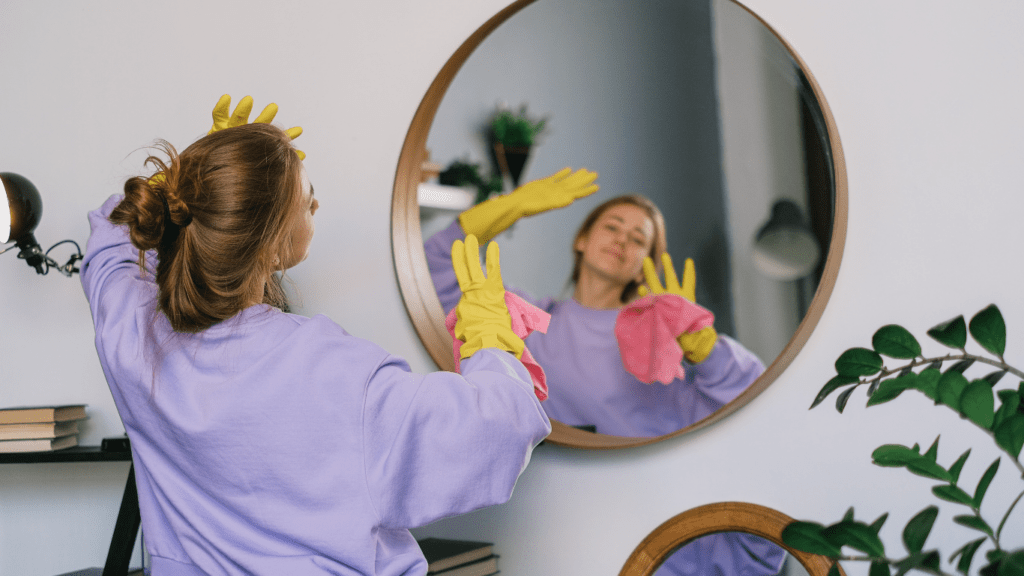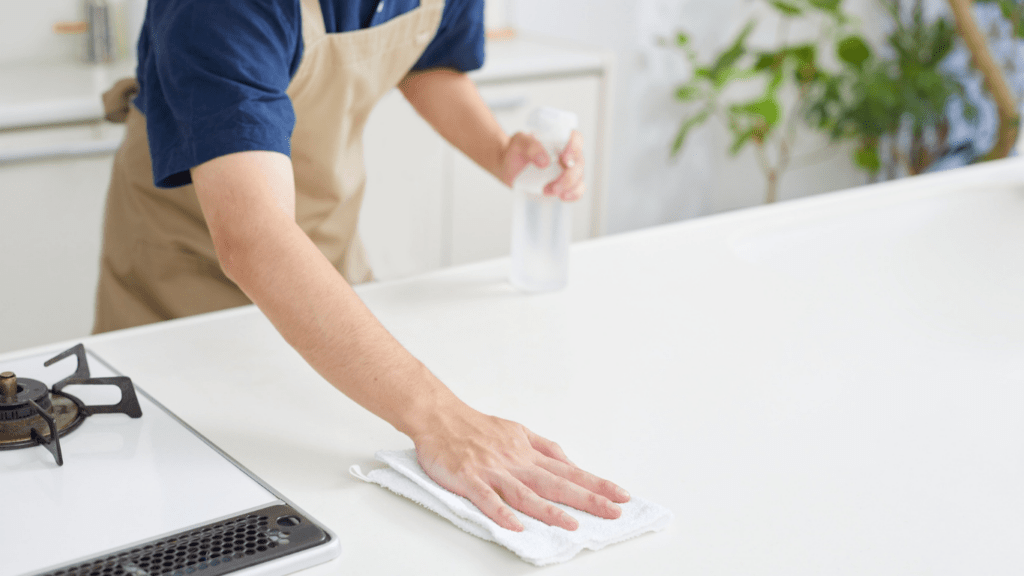Every day, we navigate our homes without a second thought, but did you know that common household accidents can turn a routine day into a disaster? From slips and falls to kitchen mishaps, these incidents can happen in the blink of an eye.
It’s crucial to recognize potential hazards and take proactive steps to create a safer living environment. In this article, I’ll share practical tips that can help you prevent these accidents and protect your loved ones.
Whether you’re looking to childproof your home or simply want to reduce the risk of injury, these insights will empower you to make informed decisions. Let’s dive into the essential strategies for safer living.
Understanding Household Accidents
Understanding household accidents is crucial for creating safer living environments. Recognizing the risks helps in implementing effective prevention strategies.
Statistics on Household Accidents
Household accidents contribute significantly to injuries. According to the National Safety Council, over 24 million individuals seek medical treatment for injuries sustained at home annually.
| Accident Type | Injuries per Year |
|---|---|
| Falls | 8 million |
| Poisoning | 2 million |
| Choking | 1 million |
| Burns | 500,000 |
These numbers highlight the need for vigilance in everyday activities.
Common Causes of Accidents
Common causes of household accidents include:
- Slippery Floors: Water, spills, or wax make surfaces hazardous.
- Cluttered Walkways: Toys, shoes, or other objects obstruct paths.
- Improper Lighting: Dim or inadequate lighting complicates navigation.
- Faulty Equipment: Malfunctioning appliances lead to fires or electrocution.
- Poor Storage Practices: Inadequately stored chemicals or sharp objects pose risks.
Addressing these causes can significantly reduce the risk of accidents in homes.
Kitchen Safety Tips
Prioritizing safety in the kitchen helps prevent accidents that can lead to serious injuries. Implementing specific strategies creates a safer cooking environment.
Preventing Cuts and Burns
- Choose sturdy cutting boards to prevent slipping.
- Use sharp knives, as dull ones require more force and increase the risk of cutting yourself.
- Store knives in a designated block or magnetic strip to keep them out of reach from children.
- Wear oven mitts when handling hot pots or trays, and ensure they are dry to improve grip.
- Avoid placing items too close to the stove to minimize the risk of accidental burns.
- Turn pot handles inward to prevent knocking them over while cooking.
Avoiding Slips and Falls
- Clean spills immediately to prevent slippery surfaces.
- Use non-slip mats in front of sinks and ranges to provide traction.
- Keep floors clear of clutter, such as kitchen towels or small appliances.
- Ensure good lighting in the kitchen, especially near work areas.
- Wear non-slip shoes to maintain grip while walking on potentially wet surfaces.
- Install grab bars or rails near steps leading to the kitchen, if applicable, to assist with stability.
Bathroom Safety Precautions
Bathroom safety is crucial for preventing accidents and injuries. By implementing effective strategies, I can ensure a safer space for all household members.
Reducing Slippery Surfaces
To reduce slippery surfaces, I use non-slip mats or stickers in the bathtub and shower. I keep water off the floor by installing a shower curtain or glass door. I also make sure the floor is dry by wiping up any spills promptly.
For added grip, I select textured tiles or flooring materials that provide traction, minimizing fall risks.
Childproofing the Bathroom
To childproof the bathroom, I secure all cleaning supplies and medications in locked cabinets or high shelves. I install faucet covers to prevent accidental burns. I put non-slip mats on the floor to help little ones maintain balance.
Additionally, I keep the toilet lid closed and use a safety lock to prevent accidental drownings. Ensuring that sharp objects, like razors and scissors, are stored out of reach enhances safety for young children.
Living Room Safety Measures
Ensuring a safe living room protects family and guests from common household accidents. Implementing safety measures in this area reduces risks significantly.
Secure Furniture and Electronics
Secure all furniture and electronics to prevent tipping and injuries. Use wall anchors for bookshelves and heavy cabinets, especially in homes with children or pets. Avoid placing heavy items on high shelves to prevent falls.
Keep cords from electronic devices out of sight and secured with cord organizers or clips. Regularly check furniture for stability, tightening screws and joints as necessary.
Fire Safety Tips
Fire safety is vital for avoiding catastrophic accidents in the living room. Install smoke detectors on every level and test them monthly to ensure functionality. Keep a multi-purpose fire extinguisher easily accessible, especially near the kitchen and living areas.
Avoid overloading power strips and only use devices approved for indoor use. Keep flammable materials away from heat sources, including candles and space heaters. Establish an emergency escape plan, ensuring all family members know the exits and assembly points.
Bedroom Safety Guidelines
I recognize that the bedroom presents unique safety challenges. Implementing safety measures helps prevent accidents and promotes a safer living environment.
Preventing Falls and Injuries
To prevent falls and injuries, keep pathways clear of clutter. Remove clothes, shoes, and miscellaneous items from floors. Ensure that all furniture is stable and reinforced, especially if it’s lightweight or freestanding.
Use non-slip rugs to prevent slipping while getting in and out of bed. Install nightlights to illuminate the pathway from the bed to the bathroom. Maintain an organized space, keeping frequently used items within easy reach to avoid stretching or climbing for them.
Safe Sleep Practices
Safe sleep practices minimize risks associated with sleep environments. Use a firm mattress and avoid soft bedding materials like pillows and blankets for infants, as they can lead to suffocation.
Position the bed away from windows and avoid placing furniture within reach of windows to prevent falls. Ensure that cords from blinds or curtains are out of reach to eliminate strangulation hazards. Maintain a comfortable room temperature, reducing the likelihood of sleep disturbances, thus enhancing overall safety while sleeping.



